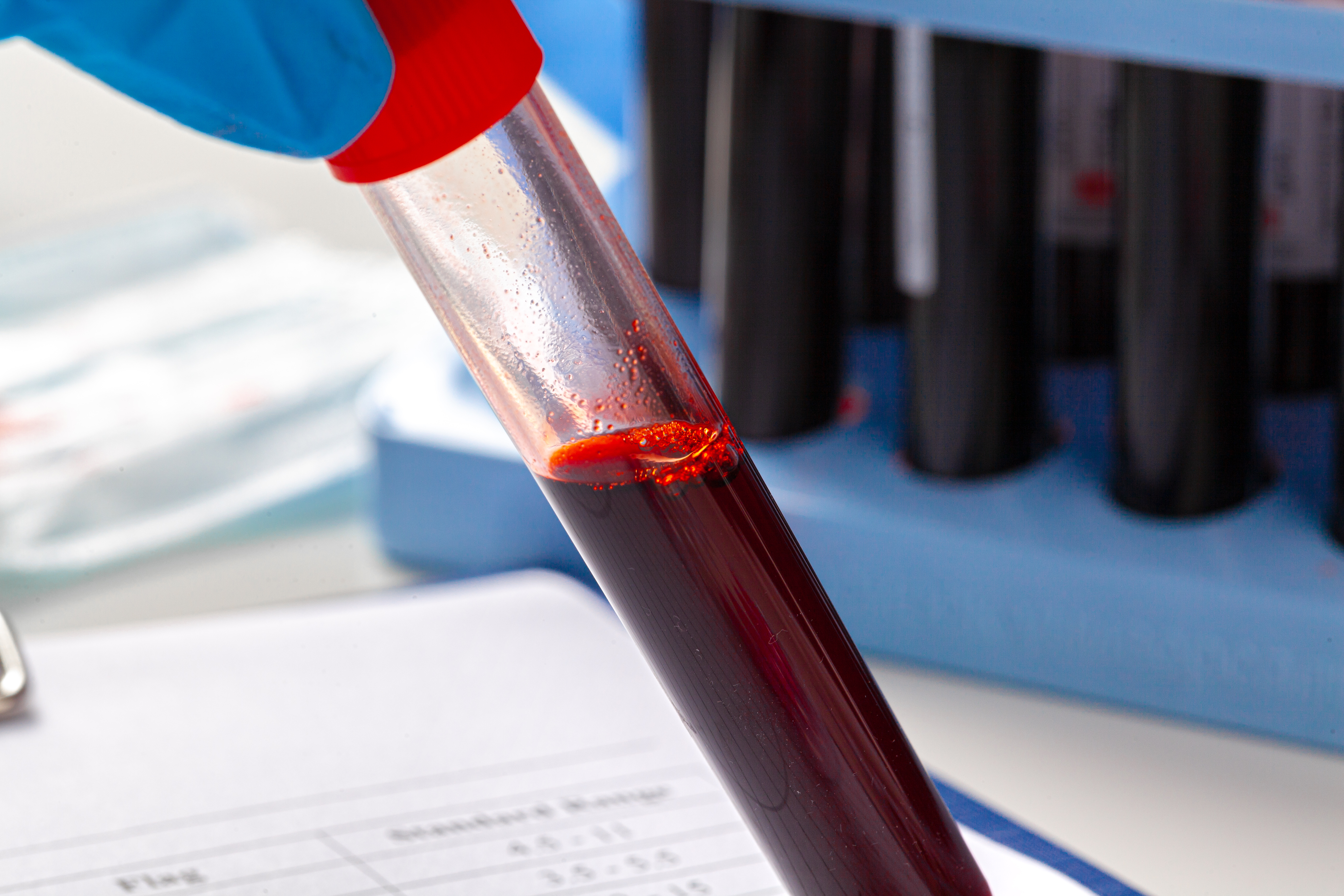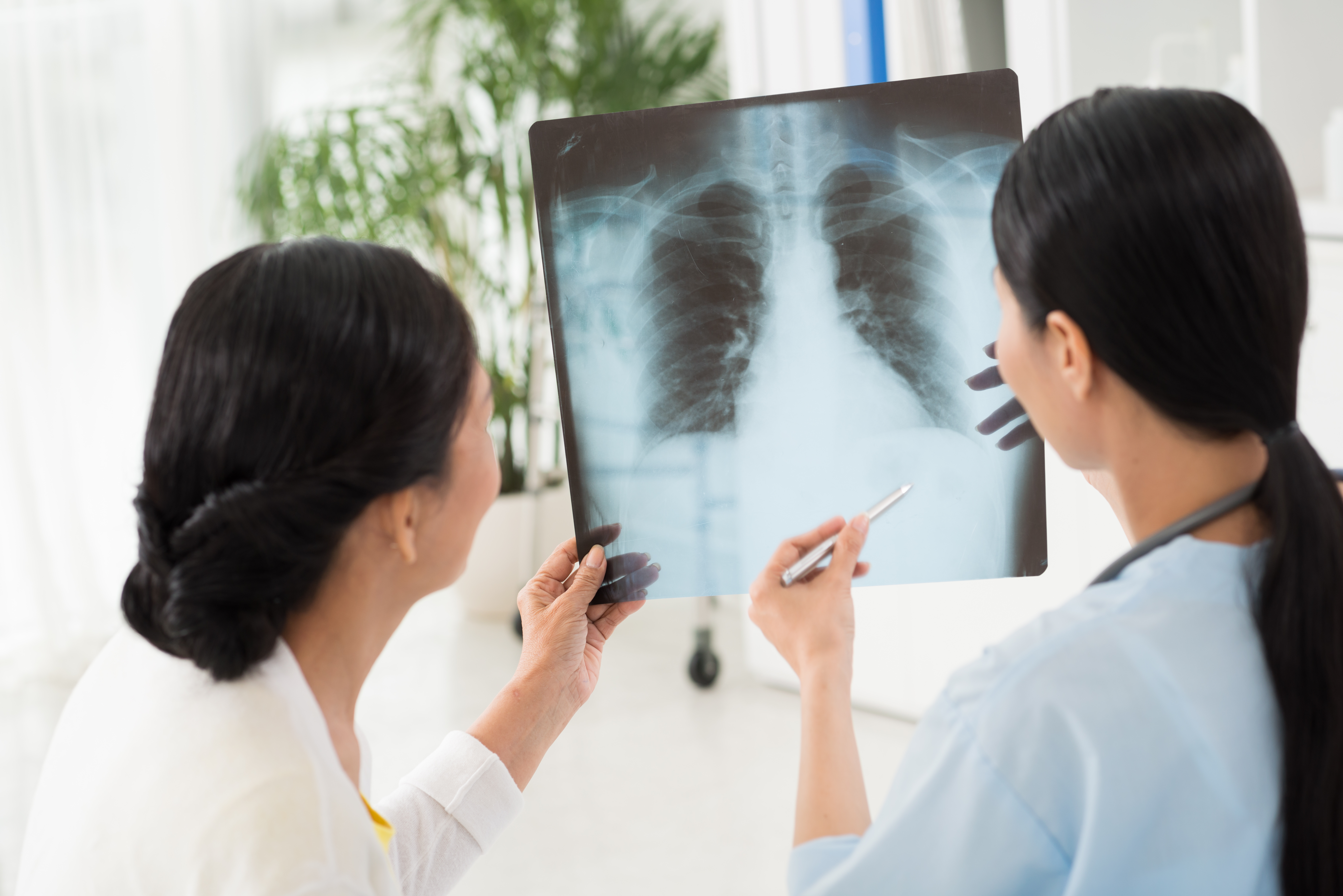20 Symptoms Of A Staph Infection And How To Treat It
A staph infection occurs when staphylococcus bacteria penetrate the skin, nose, or other areas of the body, potentially leading to serious complications if not addressed promptly. These infections can result in a variety of conditions, including boils, impetigo, cellulitis, food poisoning, and toxic shock syndrome. Left untreated, a staph infection can escalate into methicillin-resistant Staphylococcus aureus (MRSA), a dangerous and potentially deadly condition due to its resistance to methicillin and other antibiotics. Recognizing the causes, symptoms, and available treatments is essential for both prevention and effective management. Treatment for staph infections often includes antibiotics, though some infections may require surgical drainage to remove pus and accelerate healing. To provide a more in-depth understanding of staph infections and their complexities, we’ve expanded our list to 20 critical insights. This comprehensive guide aims to educate readers on the key aspects of staph infections, offering valuable information for prevention and treatment.
20. Chronic Staph Carriers

Some individuals become chronic carriers of staph bacteria, often without showing symptoms of infection. These carriers harbor the bacteria on their skin or in their nasal passages and may unknowingly spread it to others. Chronic carriers are at increased risk of developing recurrent staph infections, particularly if they have underlying health conditions. Identifying carriers often involves nasal swabs or skin cultures, and treatment may include topical antibiotics, nasal ointments, or antiseptic body washes to reduce bacterial load. Understanding and managing carrier status is essential in reducing the spread of staph and preventing recurrent infections.
19. Staph in Surgical Sites

Post-surgical infections caused by staph bacteria are a significant concern in healthcare settings. These infections occur when bacteria enter the surgical site, causing symptoms such as redness, swelling, warmth, and discharge at the incision. Severe cases can lead to complications such as abscesses, delayed healing, or even sepsis. Preventing surgical site infections involves sterilizing equipment, maintaining a clean surgical environment, and following post-operative care instructions meticulously. Patients should monitor their wounds for signs of infection and report any concerning symptoms to their healthcare provider immediately.
18. Bacteremia: Bloodstream Infections

When staph bacteria enter the bloodstream, they can cause a condition known as bacteremia or blood poisoning. This serious condition can lead to widespread infection throughout the body, potentially affecting the heart, lungs, and bones. Symptoms include high fever, chills, rapid heartbeat, and confusion. Bacteremia requires immediate medical attention and is treated with intravenous antibiotics, often for several weeks. Early detection is critical to preventing complications like sepsis or endocarditis. Maintaining good wound care and hygiene can reduce the risk of bacteria entering the bloodstream and causing this life-threatening condition.
17. Staph Infections in Athletes

Athletes are particularly prone to staph infections due to the frequent skin-to-skin contact, shared equipment, and minor skin injuries common in sports. Cuts, abrasions, and turf burns provide entry points for staph bacteria, and the humid environment of locker rooms and gym facilities can facilitate bacterial growth. Symptoms often manifest as boils, impetigo, or cellulitis. To prevent staph infections, athletes should cover wounds, avoid sharing personal items like towels or razors, and ensure proper cleaning of sports equipment. Prompt treatment of any signs of infection can prevent more serious complications and keep athletes in the game.
16. Pneumonia Caused by Staph

Staph bacteria can cause a type of pneumonia known as staphylococcal pneumonia. This occurs when the bacteria infect the lungs, leading to symptoms such as a severe cough, fever, shortness of breath, chest pain, and fatigue. Staph pneumonia often develops as a complication of another illness, such as the flu, or after surgery or hospitalization. In severe cases, it can cause abscesses in the lungs or lead to respiratory failure. Diagnosis involves chest x-rays, blood tests, and sputum cultures to identify the bacteria. Treatment includes antibiotics and sometimes hospitalization for oxygen therapy or drainage of infected fluid in the lungs. Preventive measures include vaccination against respiratory illnesses and practicing good hygiene to reduce the spread of bacteria.
15. Food Poisoning from Staph

Staph bacteria are a leading cause of foodborne illnesses, which occur when food contaminated with staph toxins is consumed. Staph-related food poisoning typically develops quickly, often within hours of eating contaminated food, and symptoms include nausea, vomiting, stomach cramps, and diarrhea. Unlike other infections, staph food poisoning is caused by toxins rather than live bacteria, making it resistant to cooking and reheating. Foods commonly implicated include improperly stored dairy products, meats, and pastries. The condition is typically self-limiting, resolving within 24–48 hours, but severe dehydration may require medical attention. Preventing staph food poisoning involves proper food handling practices, including keeping foods at safe temperatures, avoiding cross-contamination, and ensuring food preparers practice good hygiene.
14. Toxic Shock Syndrome

Toxic Shock Syndrome (TSS) is a rare but life-threatening condition caused by toxins released by certain strains of staph bacteria. TSS is often associated with tampon use, but it can also develop from skin wounds, burns, or surgical incisions. Symptoms of TSS include high fever, a sudden drop in blood pressure, confusion, a sunburn-like rash, muscle aches, and vomiting. If untreated, it can result in organ failure or death. Patients suspected of having TSS require immediate medical care, typically involving intravenous antibiotics, fluids, and supportive therapies to stabilize blood pressure and organ function. Preventing TSS involves practicing good hygiene, using tampons for recommended durations, and ensuring wounds are cleaned and dressed properly. Awareness and prompt treatment are essential in reducing the risk and severity of this potentially fatal condition.
13. Osteomyelitis: Bone Infections

Staph bacteria can cause osteomyelitis, a painful infection of the bone. This occurs when bacteria enter the body through an open wound, surgery, or bloodstream and settle in bone tissue. Symptoms of osteomyelitis include severe bone pain, swelling, redness over the affected area, fever, and fatigue. It can occur in individuals of any age but is more common in those with weakened immune systems or existing bone injuries. If left untreated, osteomyelitis can lead to permanent bone damage or require surgical intervention to remove infected tissue. Treatment involves a combination of antibiotics, often administered intravenously, and in severe cases, surgery to drain abscesses or remove damaged bone. Early intervention is critical to prevent long-term complications. Protecting wounds and maintaining good hygiene can reduce the risk of this rare but serious staph-related condition.
12. Sepsis: A Life-Threatening Complication

Sepsis is a severe complication that can occur when a staph infection spreads into the bloodstream, triggering an overwhelming immune response. This condition is life-threatening and requires immediate medical attention. Symptoms of sepsis include fever, rapid breathing, low blood pressure, confusion, and extreme fatigue. In advanced stages, it can lead to septic shock, organ failure, and death. Individuals with invasive staph infections, weakened immune systems, or existing health conditions are at higher risk of developing sepsis. Treatment typically involves intravenous antibiotics, fluid therapy, and sometimes surgery to remove the source of the infection. Early detection is crucial to improving outcomes, as sepsis can escalate rapidly. Preventing sepsis starts with managing staph infections promptly and practicing vigilant wound care to prevent bacteria from entering the bloodstream.
11. MRSA: The Resistant Strain

Methicillin-resistant Staphylococcus aureus (MRSA) is a dangerous strain of staph bacteria that has developed resistance to many common antibiotics, making it particularly difficult to treat. MRSA infections often occur in hospitals, nursing homes, or other healthcare settings where individuals may have weakened immune systems or open wounds. Symptoms of MRSA include red, swollen, and painful areas of skin, fever, and pus-filled sores. Left untreated, MRSA can lead to serious complications, including sepsis and infections in the lungs, bones, and heart. Preventing MRSA involves practicing good hygiene, avoiding the sharing of personal items like towels or razors, and properly cleaning wounds. If diagnosed with MRSA, patients may require specialized antibiotics or, in severe cases, surgical interventions to remove infected tissue. The rise of MRSA highlights the importance of early treatment and responsible antibiotic use to reduce the spread of antibiotic-resistant strains.
10. Causes

Staphylococcus bacteria are naturally present on the skin and in the nostrils of healthy individuals, often without causing any harm. In fact, research indicates that up to 40% of people are carriers of staph bacteria at any given time, and most remain asymptomatic. However, a staph infection occurs when these bacteria penetrate the skin or nasal tissues through a break, such as a cut, scrape, or even a hair follicle. Once inside, the bacteria can trigger inflammation and infection, leading to symptoms such as redness, swelling, and pain at the site of entry. While the bacteria are generally harmless on the surface, their invasion into deeper tissues or the bloodstream can result in more serious complications, such as cellulitis or even sepsis. Understanding the causes of staph infections highlights the importance of maintaining good hygiene and protecting skin integrity to prevent bacterial entry.
9. Staph Bacteria Are Contagious

Staph bacteria are highly contagious and can spread easily through direct or indirect contact. Physical contact with an infected person, such as shaking hands or touching an open wound, is a common transmission route. Indirectly, staph bacteria can linger on objects like towels, gym equipment, razors, or bedding, infecting the next person who comes into contact with them. Activities like sneezing, coughing, or sharing utensils can also spread staph bacteria. Contaminated food is another vector; improper handling or storage by an infected carrier can introduce the bacteria into meals, leading to foodborne illnesses. Women using tampons may develop toxic shock syndrome if tampons are not changed frequently, creating an environment for staph to proliferate. Preventing staph transmission involves thorough handwashing, disinfecting shared surfaces, and taking extra care in crowded environments like gyms, dormitories, or healthcare facilities.
8. Risk Factors

Although anyone can develop a staph infection, certain individuals face a higher risk due to underlying health or environmental factors. People with weakened immune systems, such as those undergoing chemotherapy or living with HIV, are more susceptible because their bodies cannot effectively fight off infections. Hospitalized individuals are at heightened risk due to the invasive nature of medical procedures like surgeries, catheter use, or intravenous lines, which create openings for bacteria. Nutritional deficiencies, such as low dietary iron or zinc, can weaken skin integrity, making it more prone to cracks and wounds where bacteria can enter. Additionally, lifestyle factors such as alcoholism can lead to malabsorption of essential nutrients, further compromising the skin’s defenses. Crowded living conditions, like dormitories or shelters, and frequent skin-to-skin contact during sports also increase the likelihood of exposure to staph bacteria.
7. Symptoms

Staph infections can manifest as skin infections or more severe, invasive conditions. Skin infections typically involve localized symptoms, such as redness, warmth, swelling, and pain at the affected area. Common skin-related staph issues include boils, abscesses, or impetigo. Invasive staph infections, on the other hand, occur when the bacteria enter deeper tissues, organs, or the bloodstream. These infections can be life-threatening, with symptoms such as high fever, chills, rapid heartbeat, and severe fatigue. Complications of invasive infections include pneumonia, sepsis, or endocarditis (infection of the heart lining). In some cases, symptoms may escalate quickly, requiring immediate medical intervention. The diverse symptoms of staph infections emphasize the need for early recognition and prompt treatment to prevent the condition from becoming severe or systemic.
6. Boils

Boils are one of the most common and recognizable symptoms of a staph infection. These painful, swollen lumps occur when bacteria enter the skin, often through hair follicles or oil glands, and trigger a localized infection. The immune system responds by sending white blood cells to fight the bacteria, resulting in the accumulation of pus—a mixture of dead bacteria, white blood cells, and tissue debris. Boils typically appear red and inflamed, and as the infection progresses, the center of the boil may become soft or develop a yellow or white head. In severe cases, boils can cause fever, fatigue, and lymph node swelling. Without treatment, the infection may spread to surrounding tissues, leading to cellulitis. Proper hygiene and prompt medical attention can prevent complications and encourage faster healing.
5. Cellulitis And Impetigo

Cellulitis and impetigo are common skin conditions caused by staph bacteria, each presenting unique symptoms. Cellulitis develops when bacteria invade the deeper layers of the skin, leading to symptoms such as redness, swelling, and warmth in the affected area. Over time, the redness may spread, and the skin may become tender or develop blisters. Impetigo, on the other hand, primarily affects the outer layers of the skin and is often seen in children. This condition is characterized by small blisters that burst to form yellow, crusty sores, commonly appearing around the mouth and nose. Both conditions are highly contagious and require prompt treatment to prevent complications or further spread. Antibiotics, either topical or oral, are typically prescribed to resolve these infections.
4. Folliculitis

Folliculitis is another common symptom of staph infections, occurring when hair follicles become inflamed due to bacterial invasion. This condition can develop anywhere on the body where hair grows, such as the scalp, arms, legs, chest, or buttocks. Folliculitis often appears as clusters of small, red bumps, each centered around a hair follicle. These bumps may become itchy, tender, or filled with pus, and in severe cases, they can form abscesses. Shaving, sweating, or wearing tight clothing can exacerbate folliculitis, as these factors create an environment where bacteria thrive. If left untreated, the infection can spread to nearby follicles or deeper layers of the skin, leading to more serious complications. Treatment often involves topical or oral antibiotics, along with proper skin hygiene to prevent recurrence.
3. Wound Infections

Staph bacteria commonly infect wounds, particularly those that are fresh, deep, or poorly cared for. Wound infections typically present with symptoms such as redness, swelling, pain, and the presence of pus or drainage at the site of injury. The surrounding skin may feel warm to the touch, and the patient may experience systemic symptoms like fever or chills. In more severe cases, staph infections in wounds can lead to complications such as cellulitis, abscess formation, or even Staphylococcal Scalded Skin Syndrome (SSSS), a condition characterized by widespread blistering and peeling skin. Prompt medical care is essential to manage wound infections effectively and prevent the bacteria from spreading to other parts of the body.
2. Treatment

Prompt treatment is critical for staph infections, particularly to prevent complications like MRSA, a strain of staph resistant to many antibiotics. Most staph infections are treated with antibiotics, which can be prescribed topically, orally, or intravenously depending on the severity of the infection. In cases where abscesses or boils are present, a healthcare provider may need to perform an incision and drainage procedure to remove pus and reduce inflammation. For invasive staph infections, more aggressive treatments may be required, such as surgery to remove infected tissues or devices like pacemakers. Patients must complete their prescribed antibiotic course to fully eradicate the bacteria and prevent recurrence.
1. Natural Remedies

In addition to medical treatments, several natural remedies may help alleviate staph infections or complement traditional care. Tea tree oil is a popular choice due to its antibacterial, antifungal, and anti-inflammatory properties. Applying diluted tea tree oil to the affected area can help reduce infection. Raw apple cider vinegar, known for its antibacterial properties, can be consumed orally or applied topically to fight bacteria. Basil essential oil has also shown promise in studies for treating antibiotic-resistant strains of staph bacteria. It can be used in cooking or applied directly to the skin. While natural remedies can provide relief, they should always be used in conjunction with professional medical advice for optimal results.
Fighting Staph Infections with Awareness

Staph infections encompass a wide range of conditions, from minor skin irritations to life-threatening complications. By expanding this list to 20 critical points, we’ve provided a comprehensive guide to understanding the causes, risk factors, symptoms, and treatments associated with staph bacteria. Preventing staph infections requires vigilance—practicing good hygiene, addressing wounds promptly, and seeking medical care for any signs of infection. For those at higher risk, awareness of potential complications like MRSA, sepsis, or pneumonia is essential to prompt diagnosis and treatment. Through education and proactive care, individuals can protect themselves and others from the potentially serious effects of staph infections.